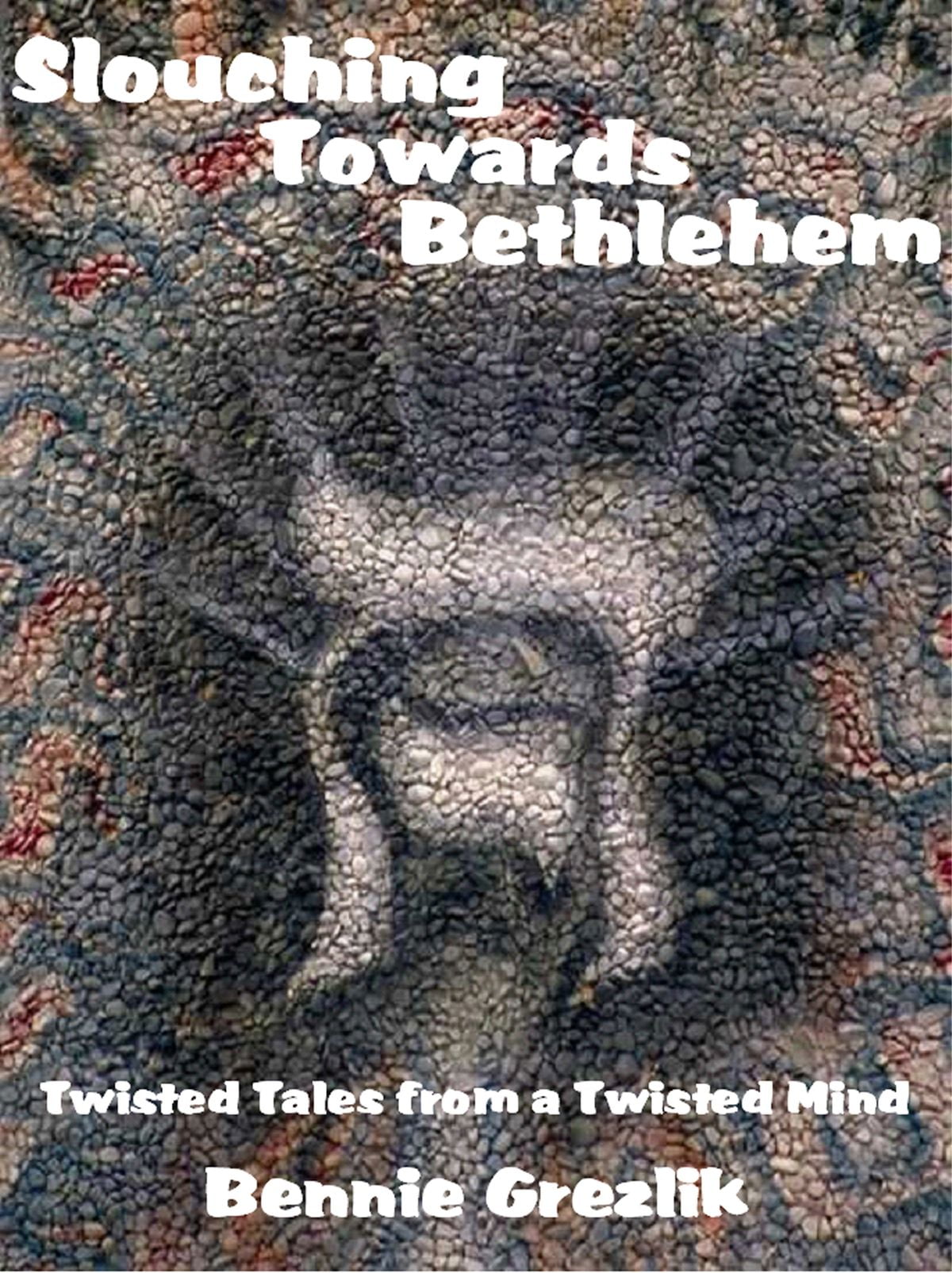

She gave readers the sense that she was putting herself at risk by reporting this story, that she might get sucked into the Haight abyss and become a lost soul, too: She blended into the scene she internalized its confusions. More New Journalistically, she adopted a Haight personality. Didion used a vernacular voice that mimicked the laid-back aimlessness of Haight speech. “Slouching Towards Bethlehem” is a classic of what was later named the New Journalism. It is the phrase everyone knows Joan Didion by. Nine months later, “Slouching Towards Bethlehem” appeared as the title essay in her first collection of nonfiction. An editor at Farrar, Straus & Giroux, Henry Robbins, encouraged Didion to turn the piece into a book.


She chose a phrase from Yeats’s “The Second Coming” for the title, and, in September, “The Hippie Generation: Slouching Towards Bethlehem,” with photographs by Streshinsky, was a cover story in The Saturday Evening Post. Under deadline pressure, she decided to create a verbal montage of scenes from the Haight. She meets a Hare Krishna named Michael, whose brother-in-law explains that “if everybody chanted there wouldn’t be any problem with the police or anybody,” and a five-year-old named Susan, who takes LSD and informs Didion that she is in High Kindergarten.ĭidion got plenty of material, but she had no idea how to make a story out of it. With nothing but grass.” She meets Vicki, who dropped out of Laguna High, “because I had mono,” and followed the Grateful Dead to San Francisco. She meets Steve, who says, “I found love on acid. “We’re just gonna let it all happen,” Jeff says. She meets Jeff and his fifteen-year-old girlfriend, Debbie, who has run away from home. She shows him a sign offering a ride to Chicago. Deadeye tells Didion he is looking for a ride to New York City. She met people like Deadeye, a dealer, and his old lady, Gerry, who wrote poetry but gave it up after her guitar was stolen. Didion hung out mainly with runaways and acidheads. In the summer of 1967, the Haight was a magnet for people looking for a place to do drugs. She and her husband, John Gregory Dunne, had moved from New York City to Southern California three years earlier, and, in March, 1966, they had adopted a daughter and named her Quintana Roo, after an area on the Yucatán Peninsula. Didion was thirty-two, and she had been a magazine writer for eleven years. In the late spring of 1967, Joan Didion, accompanied by a photojournalist named Ted Streshinsky, began making trips from Berkeley, where she was staying, to Haight-Ashbury, to do research for a piece on the hippies for The Saturday Evening Post.


 0 kommentar(er)
0 kommentar(er)
